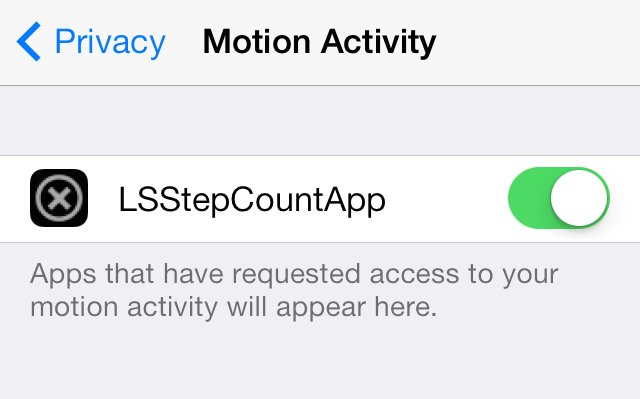The duplicate() method of java.nio.Buffer class is used to create a new buffer that shares this buffer’s content. The content of the new buffer will be that of this buffer. Changes to this buffer’s content will be visible in the new buffer, and vice versa; the two buffers’ position, limit, and mark values will be independent. The new buffer’s capacity, limit, position and mark values will be identical to those of this buffer. The new buffer will be direct if, and only if, this buffer is direct, and it will be read-only if, and only if, this buffer is read-only.
Syntax:
public abstract Buffer duplicate()
Return Value: This method returns the new buffer which is carrying the previous buffer content.
Below are the examples to illustrate the duplicate() method:
Examples 1: Using direct ByteBuffer
// Java program to demonstrate// duplicate() method import java.nio.*;import java.util.*; public class GFG { public static void main(String[] args) { // Declaring the capacity of the ByteBuffer int capacity = 4; // Creating the ByteBuffer try { // creating object of ByteBuffer // and allocating size capacity ByteBuffer bb1 = ByteBuffer.allocate(capacity); // putting the int to byte typecast // value in ByteBuffer bb1.put((byte)20); bb1.put((byte)30); bb1.put((byte)40); bb1.put((byte)50); bb1.rewind(); // print the Original ByteBuffer System.out.println("Original ByteBuffer: " + Arrays.toString(bb1.array())); // Creating a duplicate copy of ByteBuffer // using duplicate() method ByteBuffer bb2 = bb1.duplicate(); // print the duplicate copy of ByteBuffer System.out.print("\nDuplicate ByteBuffer: " + Arrays.toString(bb2.array())); } catch (IllegalArgumentException e) { System.out.println("Exception thrown : " + e); } catch (ReadOnlyBufferException e) { System.out.println("Exception thrown : " + e); } }} |
Original ByteBuffer: [20, 30, 40, 50] Duplicate ByteBuffer: [20, 30, 40, 50]
Examples 2: Using read-only ByteBuffer
// Java program to demonstrate// duplicate() method import java.nio.*;import java.util.*; public class GFG { public static void main(String[] args) { // Declaring the capacity of the ByteBuffer int capacity = 4; // Creating the ByteBuffer try { // creating object of ByteBuffer // and allocating size capacity ByteBuffer bb1 = ByteBuffer.allocate(capacity); // putting the int to byte typecast // value in ByteBuffer bb1.put((byte)20); bb1.put((byte)30); bb1.put((byte)40); bb1.put((byte)50); bb1.rewind(); // print the Original ByteBuffer System.out.println("Original ByteBuffer: " + Arrays.toString(bb1.array())); // Creating a read-only copy of ByteBuffer // using asReadOnlyBuffer() method ByteBuffer readonly = bb1.asReadOnlyBuffer(); // print the read-only copy of ByteBuffer System.out.print("\nRead-only ByteBuffer: "); while (readonly.hasRemaining()) System.out.print(readonly.get() + ", "); System.out.println(""); // Rewinding the readonly ByteBuffer readonly.rewind(); // Creating a duplicate copy of ByteBuffer // using duplicate() method ByteBuffer bb2 = readonly.duplicate(); // print the duplicate copy of ByteBuffer System.out.print("\nDuplicate copy of " + "read-only ByteBuffer: "); while (bb2.hasRemaining()) System.out.print(bb2.get() + ", "); System.out.println(""); } catch (IllegalArgumentException e) { System.out.println("Exception thrown : " + e); } catch (ReadOnlyBufferException e) { System.out.println("Exception thrown : " + e); } }} |
Original ByteBuffer: [20, 30, 40, 50] Read-only ByteBuffer: 20, 30, 40, 50, Duplicate copy of read-only ByteBuffer: 20, 30, 40, 50,
Reference: https://docs.oracle.com/javase/9/docs/api/java/nio/Buffer.html#duplicate–

